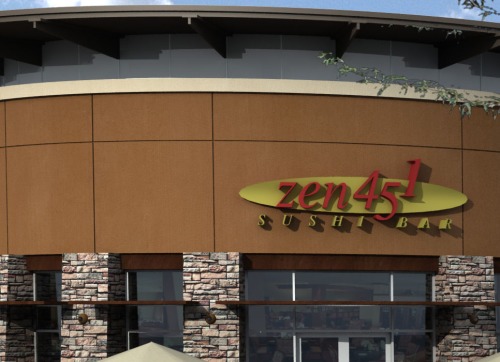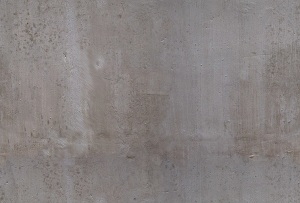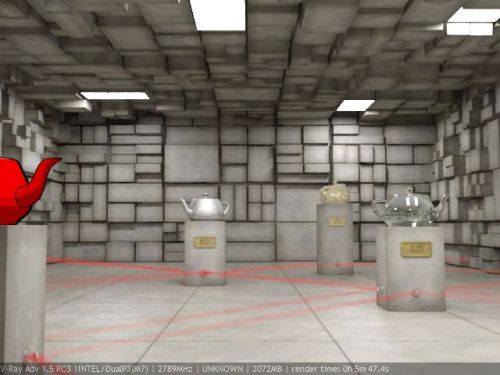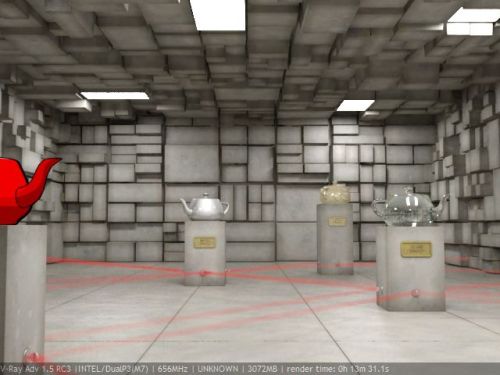I don’t know where your from, but here in Arizona, we use a lot of stucco. I mean a lot. So its only fitting that we come up with a good stucco texture. I see a lot of renderings out there where the stucco looks dull and lifeless. In the real world, new stucco is pretty monotone in color without a lot of variation but without variation it tends to look flat. Here is the key to making good stucco.
I use a Standard v-ray in material in 3dsmax. In the diffuse color slot, I use a hue for the general stucco color. You need to play around with this a little to get the exact stucco color you want, lighting will be a factor. Under diffuse map slot, I do a concrete texture that isn’t too varying in lightness and darkness and not a heavy texture. (see above) I set that to 15 percent. This slot is where I control the weathered look of the concrete. The higher number, the more weathered it will look. You also would need to adjust the color to make up for the gray in the concrete if you are increasing the diffuse value. In the bump map slot, I do a noise map at 36. In the noise map, I do a .6 size and noise type- regular.
The size of the noise is good when you set your UVW map on your object to about 150″x150″ x150″. Your rendering also has to be fairly high resolution or you won’t see the sandy finish bump effect. If you are doing a low or medium resolution, or you building is far away in the scene, you may need to increase the noise size to .8.
Also, if you do increase your value in the diffuse map slot, you can always add a color correction directly to the concrete map for further color adjustment.
That is pretty much it. A very simple stucco. Please feel free to experiment with this concrete map! Good luck and happy rendering!






